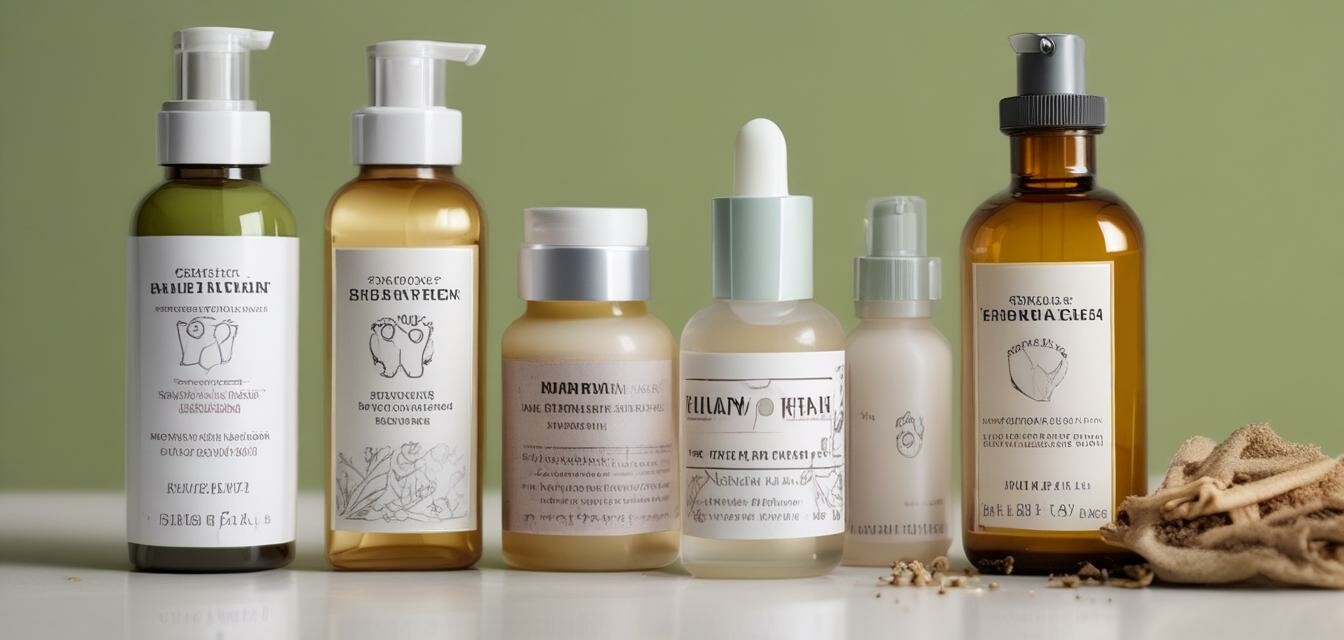
Decoding labels: What to look for in anti-aging products
- Understanding product labels is essential for effective anti-aging.
- Look for key ingredients that are backed by research.
- Avoid misleading terms that don’t hold scientific basis.
- Get familiar with different types of anti-aging products.
- Always check for safety and allergy information.
In the world of beauty and skincare, the quest for youthful skin often leads us to explore various anti-aging products. However, the market can be overwhelming, with seemingly endless options and claims scattered across product labels. Knowing how to decode these labels can be a game-changer in choosing effective skincare solutions. In this article, we will guide you through essential pointers for understanding product labels and recognizing truly effective anti-aging ingredients.
The importance of product labels
Product labels provide vital information about what you're putting on your skin. They detail ingredients, usage instructions, potential allergens, and claims made by manufacturers. By familiarizing yourself with these elements, you can make more informed choices when selecting anti-aging products.
Key ingredients to look for
| Ingredient | What it does | Why it matters |
|---|---|---|
| Retinol | Stimulates cell turnover | Helps reduce the appearance of fine lines |
| Vitamin C | Brightens skin tone | Fights free radicals and promotes collagen production |
| Peptides | Supports skin structure | Encourages skin firmness and elasticity |
| Hyaluronic Acid | Hydrates skin | Retains moisture to keep skin plump |
| Niacinamide | Improves skin's barrier | Reduces the appearance of enlarged pores |
Each ingredient plays a distinct role in skin health, so understanding the function of these ingredients can guide you in choosing the right products for your needs. While considering organic serums can be beneficial, ensure that they contain effective concentrations of these key ingredients.
Avoiding buzzwords
Marketing buzzwords can be deceiving. Terms like “anti-aging,” “miracle,” or “instant results” often lack scientific validation. It is essential to look beyond these phrases and focus on the ingredients listed. Always prioritize products with established research backing their claims over appealing marketing jargon.
Understanding product types
The types of anti-aging products can vary widely. Below is a list of common categories:
- Serums
- Creams
- Oils
- Mask treatments
- Exfoliating scrubs
To explore specific product types, visit our pages on anti-aging oils or exfoliating scrubs to gain further insights.
Safety and allergy information
Another essential aspect of product labels is the safety information. Always check for:
- Allergen warnings
- Patch test recommendations
- Expiry dates
- Storage instructions
Prioritizing products that provide detailed safety information can help you avoid adverse reactions and ensure the longevity of your products. The right knowledge is your best defense.
Research and reviews matter
Before making a purchase, conduct your research. Reading product reviews can yield insights from other users' experiences. Look for independent sources that analyze product efficacy while discussing different user skin types.
Tips for beginners
- Start with one or two new products to gauge your skin's reaction.
- Keep a skincare journal to track what works for you.
- Consult a dermatologist for personalized recommendations.
- Be patient; results take time and consistency.
Conclusion
Decoding product labels is an invaluable skill for navigating the world of anti-aging skincare. By focusing on the right ingredients, being wary of misleading terms, and prioritizing safety information, you can confidently select products that work best for you. Stay informed about the latest trends in skincare by visiting our section on news and trends to explore what's new in the anti-aging landscape!
Pros
- Understanding product labels leads to informed choices.
- Identifying key ingredients can optimize your skincare routine.
- Staying updated with trends provides insight into new product developments.
Cons
- Misleading marketing can complicate your decision-making process.
- Overwhelming options may cause confusion.
- Not all effective ingredients are easy to identify.
